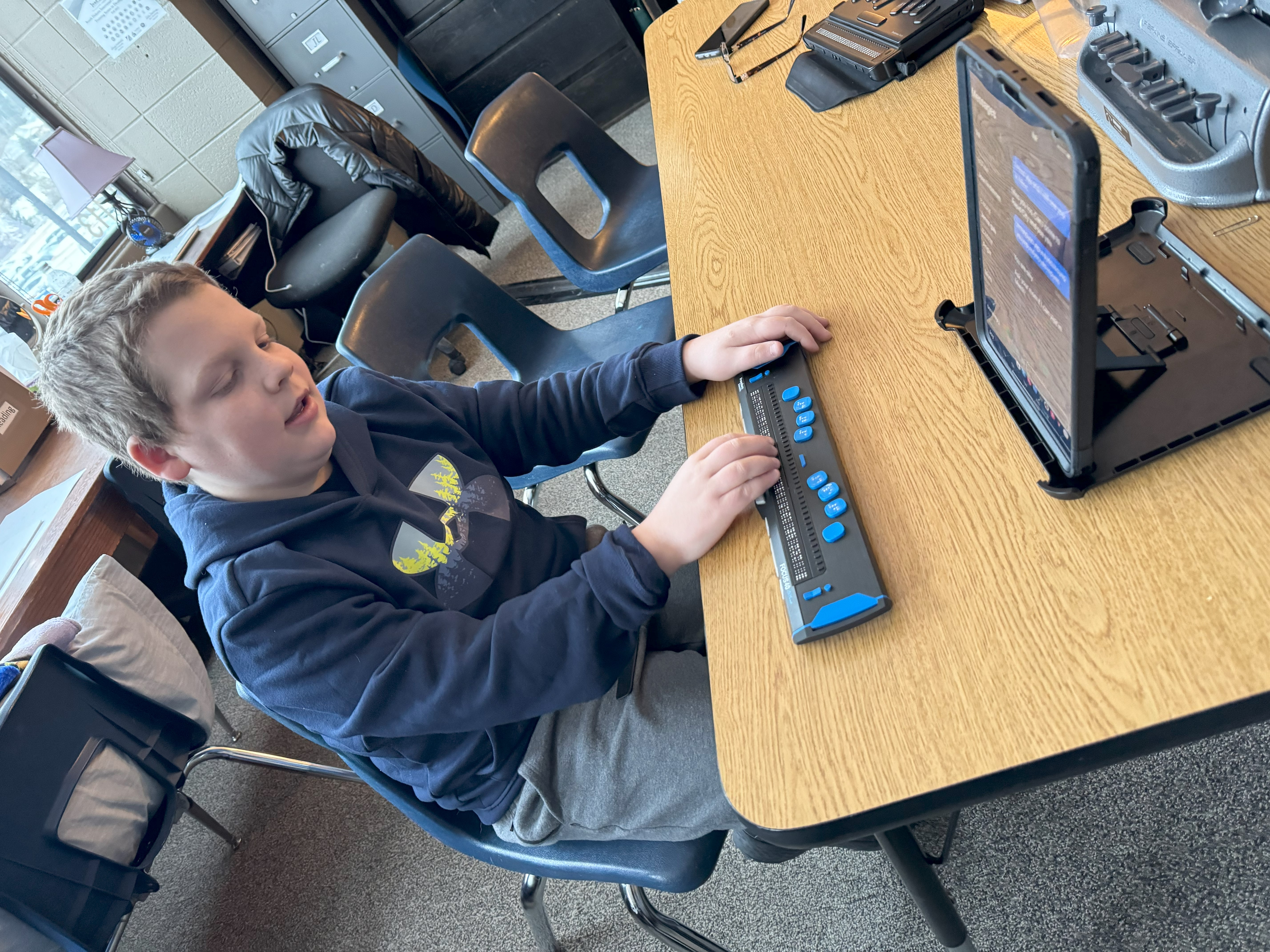Lesson 6: Laws and Regulations
In order for families to effectively advocate for services for their child, they need to understand the processes involved in the Individualized Education Program (IEP) and Individualized Family Service Plan (IFSP) and their children’s educational rights. As a family engagement coordinator, you will not be actively involved in the development of a child’s IEP or IFSP. However, having a general understanding of these important plans and of the Individuals with Disabilities Education Act (IDEA) will be helpful in your work with families

Knowledge and Skills Addressed
- Basic Knowledge of IDEA and state regulations and guidelines
- How the IEP and IFSP process works
Learning Activities
Background Information
IDEA
IDEA is a federal law that makes available a free appropriate public education to eligible children with disabilities throughout the nation and ensures special education and related services to those children. IDEA has four parts:
- Part A covers general provisions
- Part B covers assistance for the education of children ages 3 through 21
- Part C covers infants and toddlers birth to age 3
- Part D covers the national support given to the legislation (state deafblind projects are funded under this part)
IEPs and IFSPs
One of the most important parts of the special education process is creating a plan for a child’s education. For students, ages 3 through 21 who are covered under Part B, this is the IEP. Every child who receives special education services must have an IEP. It's developed by a team that includes a student’s parents or guardians, teachers, and related service providers.
An IFSP is provided if a child is eligible for early intervention services (Part C). Service providers and the parents or guardians develop the plan together.
Video
This 5-minute video from the PROGRESS Center, What Do a Bike and an IEP Have in Common?, uses a bicycle analogy to explain how a well-designed IEP provides a free appropriate public education and supports progress for students with disabilities.
Readings
The IEP Tip Sheet: An Overview of the IEP from the PROGRESS Center describes essential elements of IEPs and provides links to additional resources.
The Individualized Family Service Plan webpage from the PACER Center provides a comprehensive introduction to IFSPs and their importance in early intervention services.
Assignment
For this assignment, review additional resources 1, 2, and 3 in the next section. Each of them has links to information for families. Pick one link from each of the three sources that you think would be good to share with a family and explain why.
Reference
U.S. Department of Education. (n.d.). About IDEA. https://sites.ed.gov/idea/about-idea
